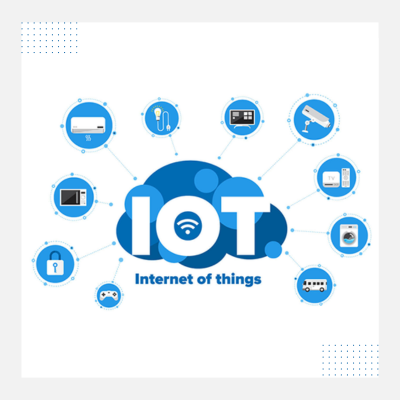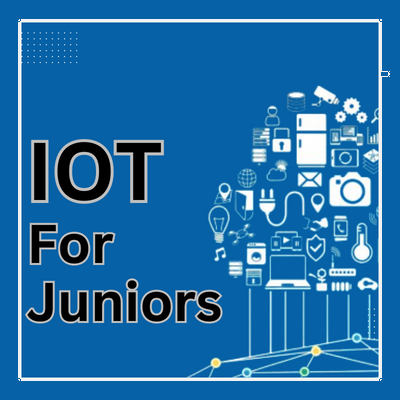The Internet of Things (IoT) is a network of physical objects, devices, vehicles, buildings, and other items that are embedded with sensors, software, and connectivity, enabling them to collect and exchange data.
It’s about making the things smart and digital so that you can control it from anywhere
It began in 1989 David Nichols and his colleagues at MIT made the first internet toaster.
And as of now 14.4 billion IoT devices we have. Every second 127 items are added to the Internet. By 2025 the figures will be 27 billion.
These all IoT devices enable things and make things faster, smarter, better.
Do you want to join live class and learn Internet of Things (IoT) directly from an expert trainer?
Register for upcoming Internet of Things (IoT)- Beginners to Expert live boot-camp and up skill your understanding & knowledge about Internet of Things (IoT).
Hurry, limited seats available every month.









No Comments